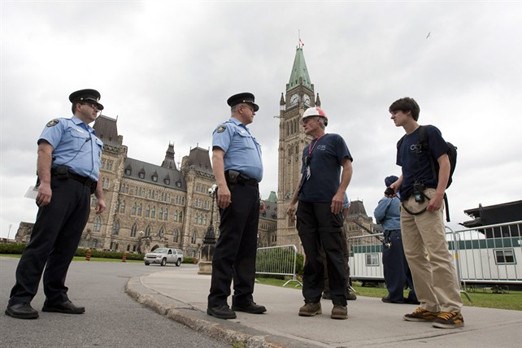While it is highly unlikely an earthquake like the one that struck western Quebec Wednesday would happen in Northwestern Ontario, geology professor Mary Louise Hill said never say never.
"That’s the interesting thing about the Earth," said the Lakehead University professor. "Things can happen anywhere at anytime."
There are old faults in the region but they haven’t been active in about a billion years, she said, noting there are earthquakes in Northwestern Ontario detected by seismometers, but they are too small to be felt and there isn’t a historic record of damaging quakes here.
Hill said at least two people reported feeling Wednesday’s quake in Thunder Bay.
"They must be very sensitive people because most of us didn’t feel it but some people will feel that shaking," she said.
Wednesday’s earthquake was felt throughout most of Quebec, eastern and southern Ontario and the northeastern U.S. At a 5.0, it was considered a moderate earthquake.
"There was a bigger earthquake in that same zone in 1935; it was a 6.1," said Hill. "A large number of people did feel that in Thunder Bay. We’re not out of range of feeling that earthquake but that is all we’d get here. We wouldn’t expect to have any damage in Thunder Bay from an earthquake that far away."
Earthquakes in eastern North America tend to be felt for further distances than those in the western side of the continent; Hill said it is a "funny phenomenon."
An analyst with the U.S. Geographical Survey told the Canadian Press eastern quakes are felt for longer distances because of the geological conditions in the area, including the Canadian Shield.
"The shield there, the structure of the crust is more rigid and so the waves carry better," he said.
Hill said the area in western Quebec where the earthquake struck is a known area of seismicity and that it didn’t hit the region by surprise.
"They have a damaging earthquake about every 10 years," she said. "they have about three or four earthquakes per year in that zone and more than that which are too small to feel."
